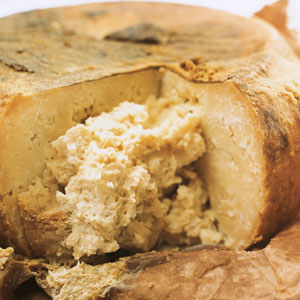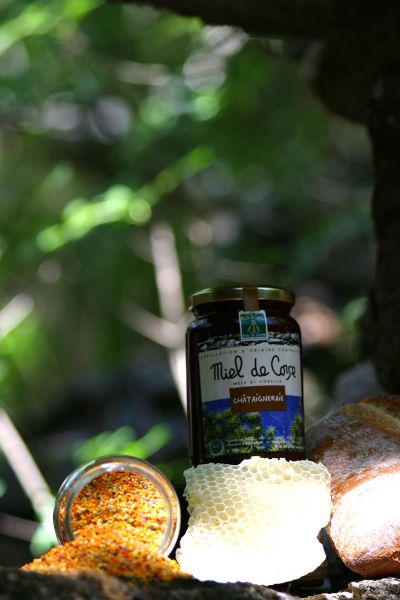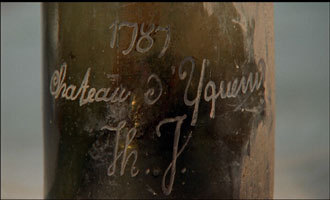
Pecorino cheese is a generic name for the pale sheep milk cheese of Italy, and Percorino is a staple of the Sardinian diet. Sardinia is the only region to produce 3 pecorino cheese with Protected Designation of Origin (PDO) appellation – Pecorino Sardo, Fiore Sardo and Pecorino Romano.
Pecorino Sardo PDO is a semi-cooked cheese made from raw sheep’s milk in 1.7-4kg cylinders. Unusually, for a sheep’s milk cheese it is set with calf’s rennet and is sold in two forms – matured for 20-60 days (dolce – which has a mild, slightly tangy flavour and is quite supple) or matured for between 2-12 months (maturo), which is also sometimes smoked. Maturo is firmer with a nutty and slightly sweet flavour until about 6 months of age when it becomes more granular with a stronger flavour. It is principally used for grating.
Pecorino Romano PDO is a cooked cheese, originating around Rome, but now mostly made in Sardinia. It is made in 20-35kg cylinders and it is the largest of the pecorinos and is set with lamb’s rennet. It is aged for 5 months and is both harder,and stronger and more acidic in flavour than Pecorino Sardo.
Fiore Pecorino PDO is the oldest known cheese in Sardinia and pre-dates Roman times. It is named for the vegetable extract that was traditionally used instead of rennet to set the curd, although lamb or kid rennet is used today. These large uncooked wheels of cheese were traditionally made by the shepherds in the mountainous Barbagia area of Nuoro, and were aged for 2-8 months in their huts, where the fires used in the huts gave the cheese a smoky character. It is a hard, nutty cheese.
There is another cheese from the Nuoro region – Casu marzu meaning ‘rotten cheese’ and it is said to definitely be an acquired taste. It is made by infesting Pecorino Sardo with cheese-fly larvae which break down the cheese to a very soft consistency, with a sharp tangy flavour. As it contains live maggots when it is eaten, one is supposed to cover one’s eyes with your hand so that they don’t jump into them!! Not unsurprisingly, it is banned from sale and can only be made for home consumption – but it is still listed as a ‘traditional food product’ by the Italian government.
(Sourced from A Sardinian Cookbook by Giovanni Pilu Roberta Muir)










